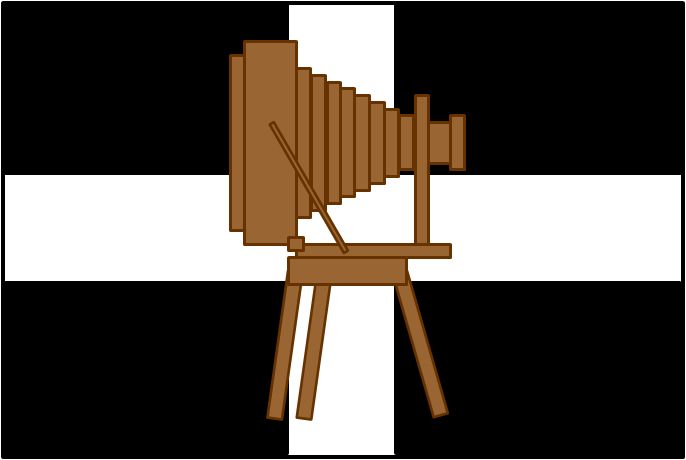Photographs taken 2005 to 2006
The "Cheesewring" is a very curious and amazingly precarious looking - but very natural - rock formation that makes for an excellent walk from Minions. It is a result of natural erosion and weathering, much like any other granite tor; despite man’s attempts at very unnatural explosions in the old Cheesewring Quarry immediately below! Supporting stones (on the right) were even put in place during blasting!

The precariously perched Cheesewring ~ and its added supporting
stones
(but it's quite stable and has survived centuries!)
As seen from the entrance to the Cheesewring Quarry, the rock formation is amazingly close to what was the blasting face of the quarry workings, where virtually half the end of Stowe's Hill has been removed.

The Cheesewring and the quarry
Tor Formation ~ and the Natural Rock Formation of the Cheesewring
The natural formation of the Cheesewring is due to the same processes at work on any other granite tor, which has its roots in the recent(ish!) ice ages - last one ending 10,000-odd years ago. However, long before the ice ages, theory has it that the vertical joints or "fault lines" in the granite were caused by the cooling of liquid rock, or magma, that was released by geologically ancient volcanic action. Tors after all, are really just very old, very, very - very - extinct volcanoes! Together with the horizontal splits in the rock that were likely caused by pressure release over the ages, the resultant block-like fracture structure of the granite laid the foundations of the future glacial erosion that created the now visible tor-like features seen today.
The dissection of the Stowe's Hill tor that the blasting of the Cheesewring quarry elegantly created (as seen in the photo above), shows this joint structure very effectively. With the much later glacial action and movement of the ice mass causing surface erosion of the covering softer deposited materials, and severe frost action in the frozen conditions, splits in the granite occured along these joints. With the top layers of the granite rocks being revealed in block form, further erosion by the elements - weathering by wind and rain - and further frost damage, caused these joints to widen and the granite blocks and layers to become rounded with age. Some rock layers ended up leaving the curious "cheesewring" formations that became not only "The Cheesewring" on Stowe's Hill, but also the many other cheesewrings on other granite tors - there are several equally splendid ones on Kilmar Tor for instance.
Some of these rounded granite formations resulted in some rocks
that physically rock on one-another, which are the so-called
"rocking" or "logan" stones. The top rocks on the Cheesewring are
very nearly in that state, as seen below. Chemical weathering action
has also caused circular hollows in the tops of these rocks as is
revealed on several granite features on Stowe's Hill, due to weak
"acid rain" over thousands of years. The very circular hollows are
thoroughly natural features, and not as some think, old witches or
druids man-made ritual bowls! The Cheesewring by the way, gets its
name from the "cheeses" of severely squashed apple pulp that are
produced in traditional cider presses! I always did like geography
at school!

A slightly more unusual view of the Cheesewring ~ notice the gap!
In the summer evening light, as the sun sets, the tor rocks take on an almost warm orange hue... maybe a rock memory of when they were volcanic magma!!!



Connect with us, Like us and Follow us on Facebook!
PhotoFile Cornwall supports CoaST and Sustainable Tourism